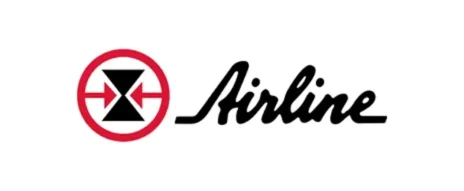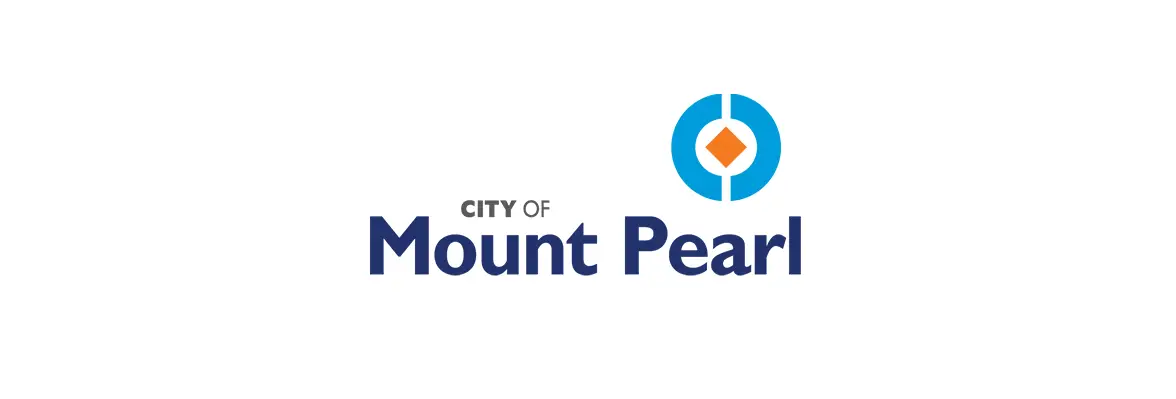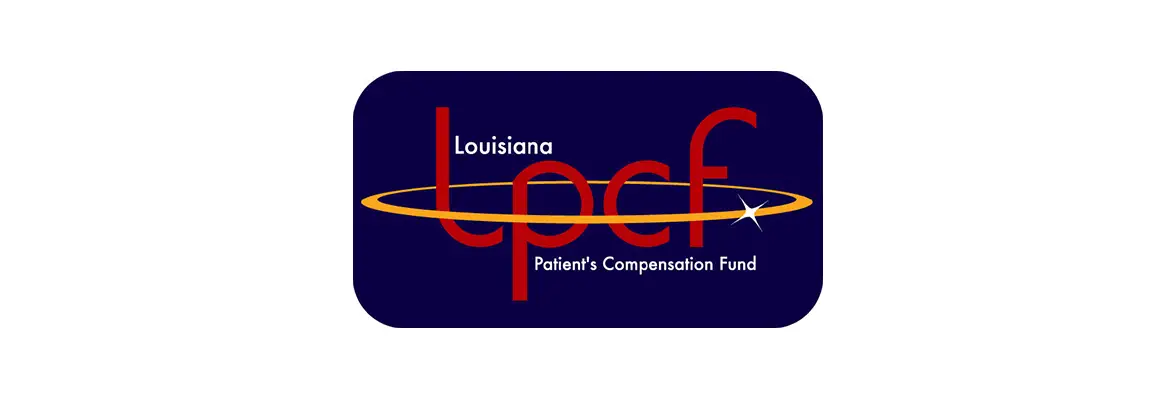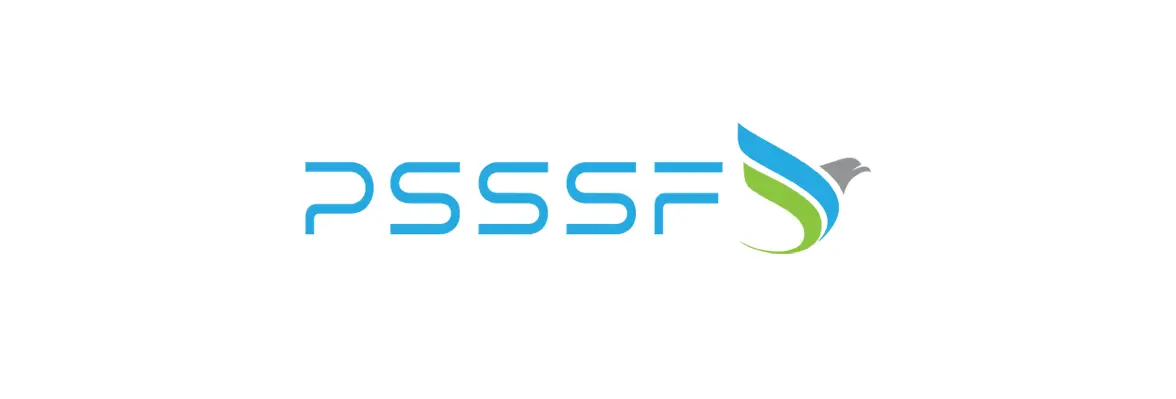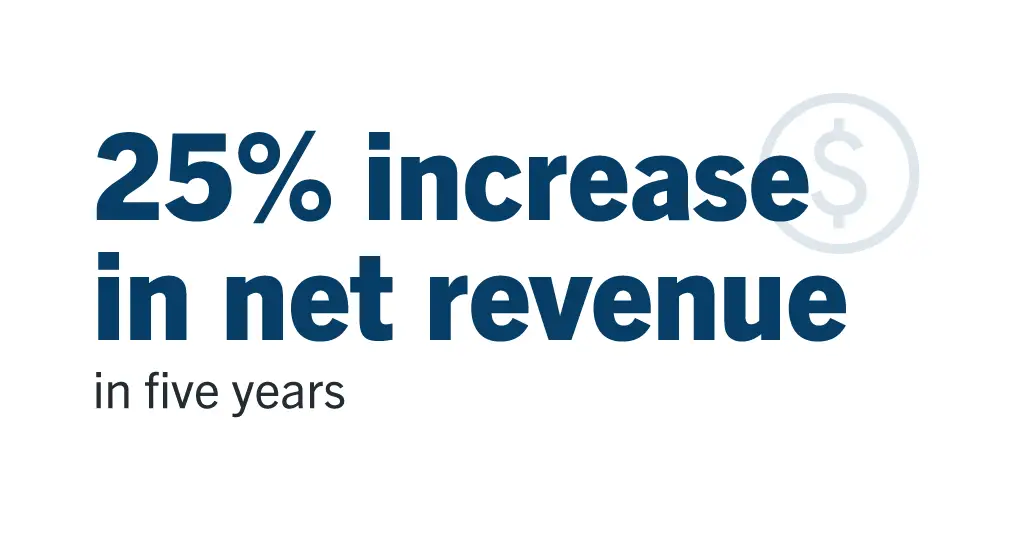
Imagine a 25% increase in net revenue over five years without adding additional staff. Airline Hydraulics — a distributor of industrial technologies for a broad range of markets — made this a reality using Laserfiche.
Managing data associated with Airline Hydraulics’ myriad products and custom-engineered technology solutions requires robust information handling processes and procedures. However, with information coming from many sources — suppliers, customers, sales and other departments — the organization needed a way to standardize data collection and dissemination.

Driven to better manage the company’s data to optimize operations, the team implemented Laserfiche.
“Laserfiche was a solution that gave us the best of both worlds: the forms and workflow processes as well as the data integration,” said Todd Schnirel, CTO and director of business development and agility. “We’re now able to record and mine that data for trends and outliers — the potential that Laserfiche unlocked with our data was really the differentiator for us.”
The company has since reduced the time and effort wasted on outdated processes, using Laserfiche to:
- Eliminate manual data entry
- Minimize inaccuracies
- Reduce development burden on IT
- Increase capacity without adding staff
“We’re a 100% employee-owned company, so everyone has a stake in organizational efficiency,” said Schnirel. “If you add 25% to the top line and add very little to your operating expense, the money goes right into the profitability of the organization. And for us, that gets distributed amongst the employees.”
Standardizing Data From Multiple Sources
Airline Hydraulics’ business dates back to 1949, when the company focused on equipment used in conjunction with factory air lines. Since then, the company has grown in size and in offerings. With this growth, the organization has had to scale operations, which proved challenging without standardized business processes. Information about requests was trapped in PDF documents that bounced back and forth via email and had to be manually typed into the ERP system. This manual approach led to inaccurate data; every employee’s unique method for recording data led to inconsistencies.
“If you’ve got 20 different people they might have 10 different ways to do something,” said Schnirel. “The person who’s then on the receiving end has to deal with all those differentiators.”
The company’s ERP system, Epicor, also lacked the right automation, analytics and data validation tools that would support more standardized data collection. Teams like business development or accounting couldn’t take quick action on requests from sales, customers and suppliers when they received incomplete or inaccurate data. To create more consistency in processes, the team now uses Laserfiche Forms and workflow.
For example, they created a new vendor management form, critical for managing data about the organization’s hundreds of approved suppliers. Previously a very manual process, vendor management often required the accounting team to follow up with requestors to collect W-9s and other information. Misspellings and “bad data” being entered in Epicor was commonplace.
“Laserfiche allows us to do data validation, and we can flush out inaccuracies before we put bad data into our ERP system. Laserfiche definitely helps to keep our Epicor database clean.”
Todd Schnirel, CTO and director of business development and agility
Additionally, the team can now enforce certain procedures — such as collection of vendor W-9s — by not allowing a form to be submitted without the necessary documentation. Laserfiche’s integration with Epicor facilitates the data entry process, avoiding duplicate manual entry. “If we can make a task 10 minutes faster, and we continuously do this, we are making processes faster by hours over time,” added Schnirel. “So that’s our approach. It really starts to add up.” In addition to time savings, the organization avoided replacing their ERP system, saving around $2.5 million in initial costs.
Without application switching or excessive data entry, staff can now focus on higher-value tasks. There are fewer manual errors and less stress around data accuracy. The new solution has also opened the door to more analysis of manual tasks and process optimization.
Shortening a Month-long RMA Process Down to a Few Days
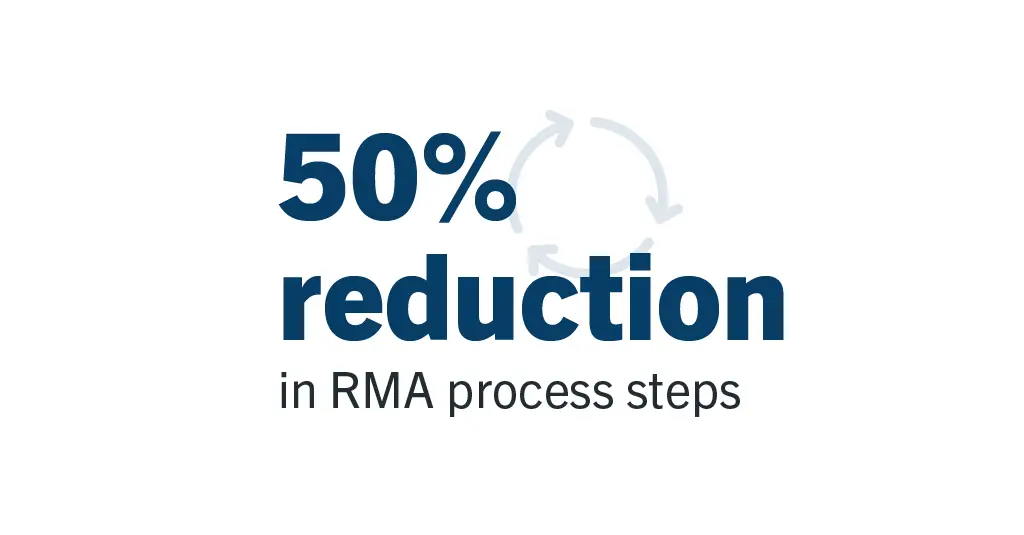
Airline Hydraulics’ return material authorization process (RMA) is a prime example of how the team used Laserfiche to automate a complex process. Prior to Laserfiche, RMAs relied on multiple manual steps, and often resulted in inaccurate records.
“The RMA process was many, many emails through many different people, and there was no trackability,” said Jennifer McCalicher, product data team manager at Airline Hydraulics. McCalicher and her team spent hours hunting down information that should have been provided with the initial request.
The business development team streamlined the RMA process, again with Laserfiche Forms and workflow.
The new process introduced:
- An initial request form that triggers an approval process before Epicor entry
- Automated routing of requests based on reason codes
- Automated email notifications to appropriate team members
- Automated creation of RMA PDF for customer visibility
Laserfiche also automatically creates associated Epicor records upon RMA approval, as well as a packing list.
The organization has since reduced the time to complete this process from more than a month to less than a week.
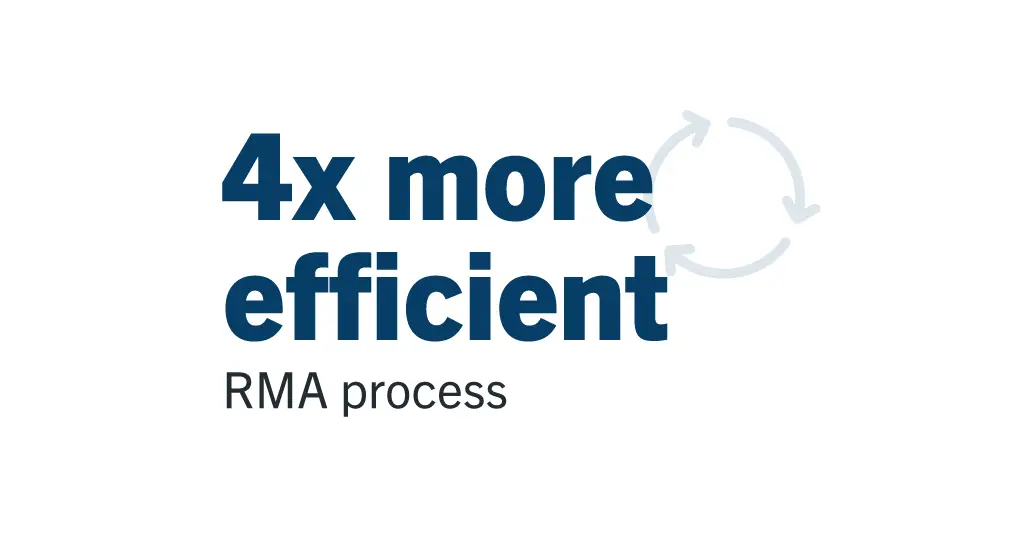
RMA process optimization resulted in:
- More than 50% reduction in process steps
- More than 60% reduction in staff involvement
- A 40% reduction in departmental involvement
Beyond the RMA process, the organization implemented a similar solution for special pricing agreements (SPAs).
“Originally this would go into a ticket system,” said McCalicher. “Someone would then have to review the documentation and get it into our ERP system.”
The team replaced this ticket system with a one-stop form that makes it easy for on-the-go salespeople to get pricing approved quickly and secure orders faster. Data is pulled directly from Epicor to make it easier for salespeople to properly fill out required fields. Workflow routes agreements to the pricing department for approval, giving the organization more control over pricing strategy. Finally, more accurate data in Epicor means better financial reporting and easier audits.
Empowering Non-Development Staff to Tackle Automation At-Scale
With the business development team’s achievements with internal processes, they are now looking to expand Laserfiche to customer-facing processes. Schnirel expects to see more improvements in efficiency organization-wide. With Laserfiche’s low-code automation tools, the company’s business users can build most of these processes with ease, even without deep technical or coding skills.
“Our team is not made up of developers; they’re not programmers; but they’re able to create all this because of the tool set that exists within Laserfiche,” said Schnirel. “This was a huge differentiator for Laserfiche, this workflow ability and having the whole gamut of programmability from HTTP requests and JSON creators and VB scripting and all the different kind of advanced stuff you can do, but in a very visual, very low-code way.”
Internally, the team has seen a culture of automation and optimization spreading throughout the company. “As we’ve deployed it departmentally, it’s picking up a lot of momentum,” said Schnirel. “We’re getting that snowball rolling down the hill effect. We’re constantly receiving requests for new forms and new processes.”
“At Airline, we look at processes through the lens of, ‘How can we do that more efficiently, so it can benefit all of us?’” said McCalicher. “The amount we can do within these workflows is amazing.”
